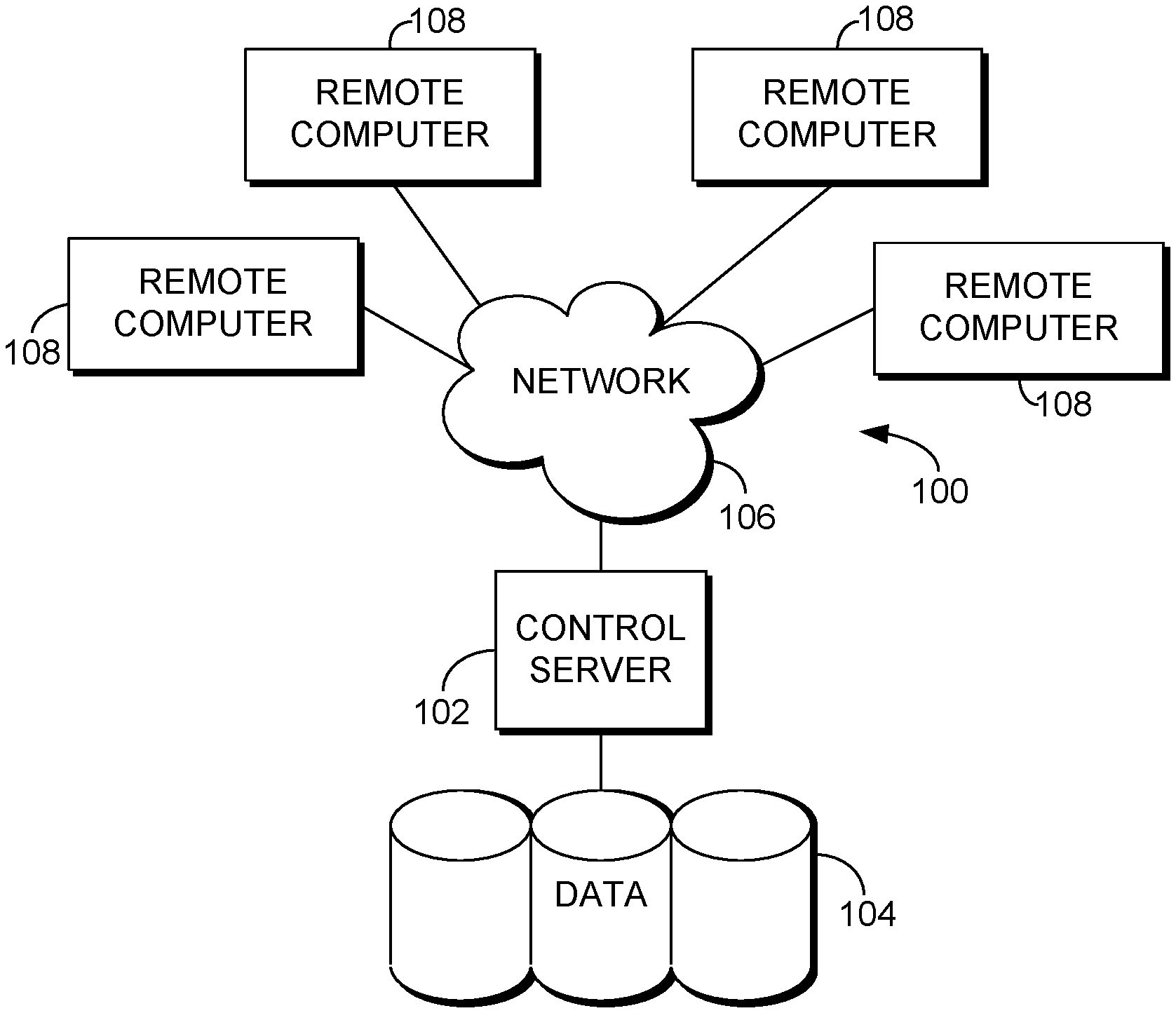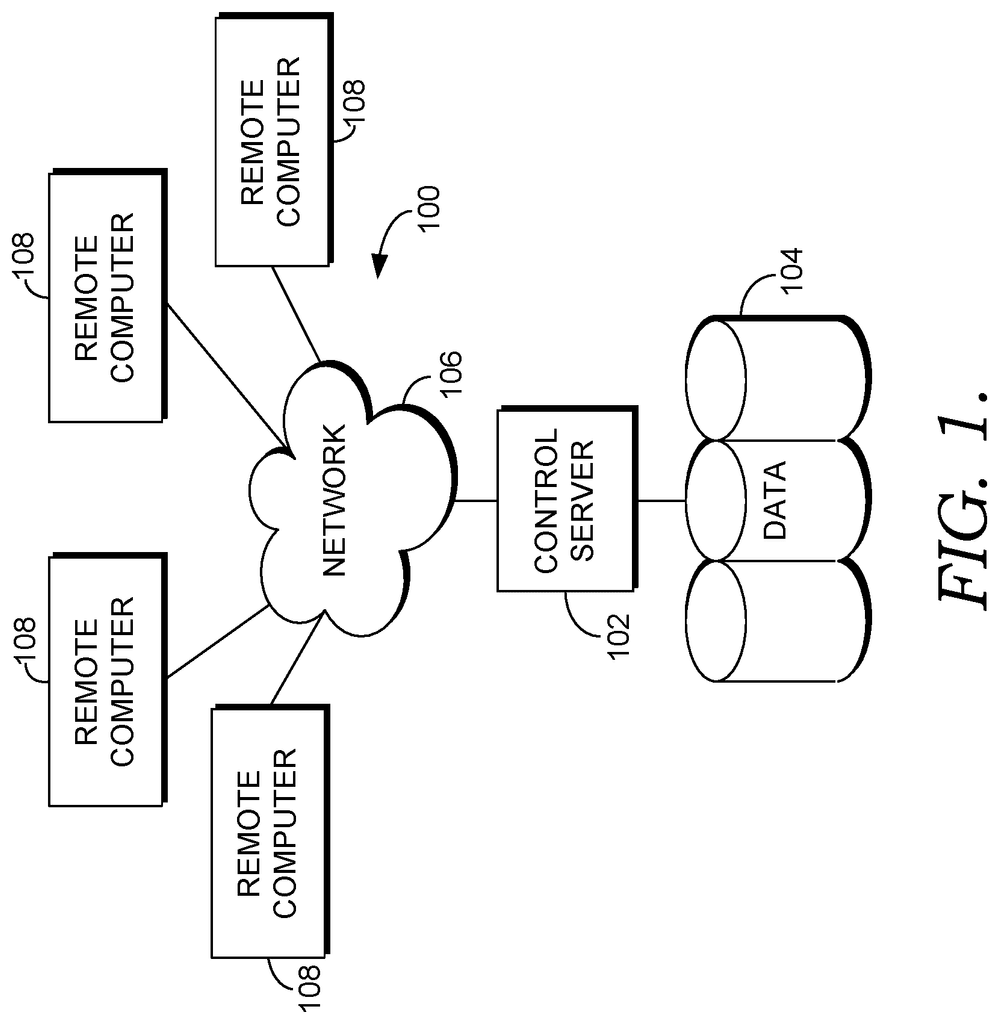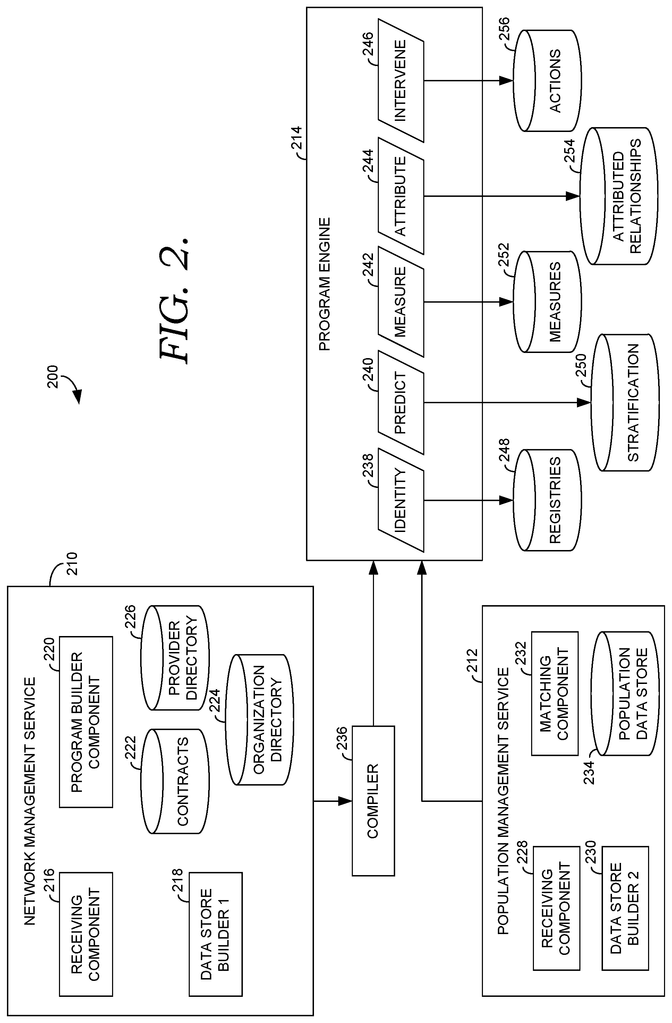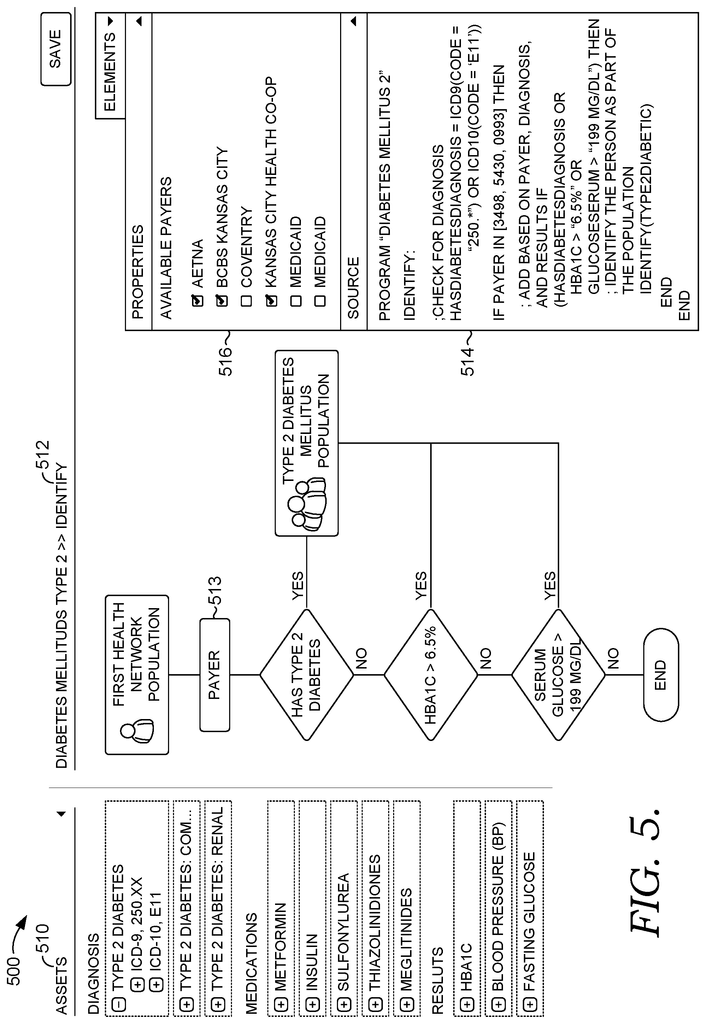Invented by Benjamin David Wilkerson, Kevin Krizek, Patrick O’Brien, Bharat Sutariya, Cerner Innovation Inc
In the business world, scorecards are commonly used to monitor and evaluate the performance of various departments, teams, and individuals. They provide a comprehensive overview of key performance indicators (KPIs) such as sales revenue, customer satisfaction, employee productivity, and financial metrics. By regularly reviewing these scorecards, organizations can make data-driven decisions and take proactive measures to achieve their goals.
Scorecards are not limited to the corporate world; they are also widely used in sports, education, healthcare, and other sectors. In sports, for example, coaches and players use scorecards to analyze their performance, identify strengths and weaknesses, and develop strategies for improvement. In education, teachers use scorecards to track students’ progress and identify areas where additional support may be needed. In healthcare, scorecards help hospitals and healthcare providers monitor patient outcomes, track quality measures, and identify areas for improvement in patient care.
The market for scorecards is diverse, with a wide range of options available to suit different needs and preferences. Traditional paper-based scorecards are still popular, particularly in sports and education settings. However, digital scorecards are gaining traction due to their convenience and ability to provide real-time updates. Many software applications and online platforms offer customizable scorecard templates and dashboards, allowing users to easily input data and generate visual reports.
One of the key advantages of scorecards is their ability to foster accountability and transparency. By making performance metrics visible to all stakeholders, scorecards promote a culture of continuous improvement and encourage individuals and teams to take ownership of their results. This can lead to increased motivation, productivity, and overall performance.
Furthermore, scorecards can also be used as a communication tool, enabling organizations to share performance data with external stakeholders such as investors, customers, and partners. This transparency can build trust and credibility, as it demonstrates a commitment to measuring and reporting progress accurately.
As the demand for scorecards continues to grow, so does the market. Companies specializing in scorecard software and tools are constantly innovating to meet the evolving needs of their customers. This includes features such as data integration, advanced analytics, and mobile accessibility, which enhance the usability and functionality of scorecards.
In conclusion, the market for scorecards is thriving as more organizations recognize the value of tracking and measuring performance. Scorecards provide a visual representation of key metrics, enabling users to assess progress, identify areas for improvement, and make data-driven decisions. With the availability of both traditional paper-based scorecards and digital solutions, individuals and organizations have a wide range of options to choose from. As the market continues to evolve, scorecards will remain an essential tool for monitoring and improving performance in various sectors.
The Cerner Innovation Inc invention works as follows
Methods and systems are provided to build a score plan and present the results on one or multiple score card user interfaces. Score cards show an entity’s progress in meeting quality measures objectives. Score cards show the percentage of quality measures that an entity has completed and/or the quality measure goals that are difficult to achieve.
Background for Score cards
This Summary presents a few concepts in simplified form. They are described in detail below in the Detailed Description. This Summary does not identify the key features or essential features in the claimed subject matter. It is also not meant to be used to determine the scope of the claimed matter.
This disclosure, in a high-level summary, describes among other things methods, systems and computer storage media for the management of organizational population health. A system or platform to manage population health contains a network service that builds and maintains data stores with information about healthcare organizations, providers of healthcare, and contractual provisions between payers and healthcare organizations (e.g. insurance companies). The network management service includes a builder for condition-specific or objective-specific templates. The program templates can be used to identify populations based on conditions or purposes, stratify them using different factors, create workflows, assign patients to healthcare providers within each segment, manage healthcare organizations, contracts and measure intervention outcomes.
The system also includes a population-management service which builds, maintains and updates datastores that include longitudinal patent centric information derived from disparate data sources. This information can include demographic data, pharmacy information and clinical care information. It may also include socioeconomic data, financial information or other information. The system also includes a compiler which extracts the program template, customizes it or localizes according to the organizational and provider data of a healthcare organization as well as its contractual provisions.
The program engine uses this information to create condition-specific and objective-specific data on the patient population for the healthcare organization. The healthcare organization uses this data to identify patient segments for a particular condition or purpose, stratify the patients in each segment according to their risk level, generate interventions, attribute the patients to the healthcare providers who are associated with that healthcare organization, measure the intervention outcomes, manage payer/organizational contracts, determine provider incentive, etc.
The subject of the present invention has been described herein with sufficient specificity to satisfy statutory requirements.” The description is not meant to limit the scope. The inventors, however, have considered that the claimed subject may also be embodied differently, including different steps or combination of steps similar to those described in this document in conjunction with present or future technology. The terms “block” and/or “step” are not used in the claims. and/or ?block? “While the terms “block” and/or “block” may be used to denote different elements in the methods described here, they should not be understood as implying a particular order between or among the various steps disclosed herein unless the order is explicitly stated.
This disclosure, in a high-level summary, describes among other things methods, systems and computer storage media for the management of organizational population health. A system or platform to manage population health contains a network service that builds and maintains data stores, including information about healthcare providers and healthcare organizations. It also includes information regarding contractual provisions between payers and healthcare organizations (e.g. insurance companies). The network management service includes a builder for condition-specific or objective-specific templates. The program templates can be used to identify populations based on conditions or purposes, stratify them using different factors, create workflows, assign patients to providers within each segment, manage contracts and organizations, create outreach events, measure interventions outcomes and so on.
The system also includes a population-management service which builds, maintains and updates datastores that include longitudinal patent centric information derived from disparate data sources. This information can include demographic data, financial data, socioeconomic data, claims information and pharmacy information. The system also includes a compiler which extracts a template program and customizes it or localizes according to the organizational and provider data of a healthcare organization as well as its contractual provisions.
The program engine uses this information to create condition-specific and objective-specific data on the patient population for the healthcare organization. The healthcare organization uses this data to identify patient segments for a particular condition or purpose, stratify the patients within each segment according to their risk level, generate interventions, attribute the patients to the healthcare providers affiliated with the specific healthcare organization, measure the intervention outcomes, manage payer/organizational contracts, determine provider incentive, generate outreach events and so on.
Below is a description of an exemplary computing environment that can be used to implement embodiments in the present invention. FIG. FIG. 1 shows an example computing environment (e.g. medical-information computing system environment) in which embodiments of this invention can be implemented. The computing environment 100 is shown and designated in general as reference number 100. The computing environment 100 is only an example of a suitable computing environment, and does not suggest that the scope of functionality or use of the invention is limited. The computing environment 100 should not be interpreted to have any dependence or requirement on any component or combination thereof.
The present invention may be used with a variety of other computing systems, environments or configurations. “The present invention may be used with a variety of other computing environments or configurations.” Examples include: personal computers, servers computers, laptops or hand-held devices, multiprocessors, microprocessors-based systems and set-top boxes, as well as network PCs and minicomputers.
The present invention could be described as computer-executable instruction modules that are executed by a machine. Examples of program modules include routines, objects, components and data structures which perform specific tasks or implement certain abstract data types. The present invention can be used in distributed computing environments, where tasks are performed remotely by processing devices linked via a communications network. In a distributed computing system, program modules may be associated with local or remote computer storage media, such as memory storage devices.
Referring to FIG. The computing environment 100 consists of a computing device, in the form a control server. The control server 102 can include a processor unit, an internal system memory and a system bus that is suitable for connecting various system components including the data store 104 to the control server. The system bus could be any one of several bus structures including a memory controller or bus, a peripheral, or a local, using any number of bus architectures. Architectures that are exemplary include the Industry Standard Architecture bus (ISA), Micro Channel Architecture bus (MCA), Enhanced ISA bus (EISA), Video Electronic Standards Association local bus (VESA), and Peripheral component interconnect (PCI bus), also known as mezzanine bus.
The control servers 102 usually include, or have access to, various non-transitory, computer-readable media. Computer-readable media include removable and nonremovable, volatile and nonvolatile, media. Computer-readable media can include, but are not limited to, computer storage media, communication media, etc. Computer storage media can be volatile or nonvolatile media, removable or non-removable, that are used in any technology or method to store information, such as computer-readable data structures, instructions, program modules, or other data. Computer storage media include, but are not limited to: RAM, ROMs, EEPROMs, flash memory, optical disks or other storage technologies, CD-ROMs, magnetic cassettes or tapes, magnetic disks or magnetic disk storage, and any other medium that can be used to save the desired data. Communication media are typically computer-readable instructions or data structures or program modules in modulated data signals such as carrier waves or other transport mechanisms. This includes all information delivery media. The term “modulated data signals” is used. Signals that have had one or more characteristics changed or set in a way to encode data in them are called’modulated data signals. Communication media include wired media, such as wired networks or direct wired connections, as well as wireless media, such as infrared, RF and acoustic. Computer-readable media should include combinations of all of the above.
The control servers 102 may operate within a computer network using logical connections with one or more remote computers. Remote computers 108 could be located in many different locations within a medical environment. These include clinical laboratories, hospitals, veterinary environments and ambulatory settings. They can also be found in hospital administration, billing and financial offices, home healthcare environments and clinicians’ office. Clinicians and healthcare providers can include a treating doctor or doctors, specialists like surgeons, cardiologists, oncologists, radiologists and nurses, emergency medical technicians, physicians’ assistants, nurse practitioners, health coaches, nurses, nurses’ aides, pharmacists, dieticians, microbiologists, laboratory experts, laboratory technologists, genetic counselors, researchers, veterinarians, students, etc. The remote computers 108 could also be located in nontraditional environments for medical care so that all members of the healthcare community can be integrated on the network. The remote computers 108 could be personal computers or servers, routers or network PCs. They might also include other network nodes or peer devices. These devices could be personal digital assistants, or similar devices.
Computer network 106 is made up of local area networks and/or wide-area networks. These network environments are commonly found in offices, enterprise computer networks, intranets and the Internet. In a WAN network, the control servers 102 may include a modem, or some other communication device, like the Internet, to establish communications. In a network environment, modules of programs or portions thereof may be stored with the control servers 102, data stores 104 or remote computers 108. Various application programs, for example, may reside in the memory of any or all of the remote computers. The network connections shown in this example are only exemplary. Other means of creating a communication link between computers (e.g. control server 102, and remote computers 108) could be used.
In operation, the organization could enter commands and data into the control servers 102, or send the commands and data to the control servers 102 through one or more remote computers 108 using input devices such as a keypad, a pointing tool (commonly known as a mouse), trackball or touch pad. Other input devices include microphones, scanners or satellite dishes. The control server 102 can also receive commands and information directly from remote healthcare devices. The control server 102 or remote computers 108 may also include other peripheral output devices such as speakers or a printer in addition to the monitor.
Although many other internal components are not shown in the figure, their existence and interconnection is well-known. As a result, no further details are disclosed in this document about the internal constructions of the control servers 102 and remote computers 108.
Turning to Figure 2 In FIG. 2, an exemplary population management system 200 suitable for implementing embodiments the present invention is shown. The exemplary population management system 200 is only an example of a suitable computing system and does not suggest that the functionality or scope of embodiments of this invention is limited. Neither should the exemplary population health management system 200 be interpreted as having any dependency or requirement related to any single module/service/component or combination of modules/services/components illustrated therein.
The exemplary population health system 200 includes, among others, a network service 210, population service 212, program engine 214, and compiler 236 that are all connected to each other via wired connections or a network. The network can include one or more local-area networks (LANs) as well as wide-area networks (WANs). These networking environments are found in many offices, enterprise-wide computers networks, intranets, and the Internet. The network is therefore not described further here.
The population management service, the network management service, the program engine, and the compiler are only examples. While each of these components/services/modules is illustrated as a single unit, it will be appreciated that each of these components/services/modules is scalable. The network management service 210, for example, may include multiple computing devices that are in communication. Components of network management service, population management service, program engine, and compiler 236 can include a processor unit, an internal system memory and a system bus that couples various system components. This may also include one or more data storage devices for storing information, such as files and metadata. Each of these components/services/modules typically includes, or has access to, a variety of computer-readable media.
In some embodiments, one or more of the illustrated components/services/modules may be implemented as stand-alone applications. In other embodiments, one or more of the illustrated components/services/modules may be integrated directly into the operating system of the exemplary population health management system 200. The component/services/modules illustrated in FIG. The components and modules shown in FIG. 2 are intended to be examples and not restrictive. Any number of components/services/modules may be employed to achieve the desired functionality within the scope of embodiments hereof. Further, component/services/modules may be located on any number of servers. “As an example, the population health management system may reside on a cluster of servers or a computing device that is remote from the other components.
Click here to view the patent on Google Patents.





